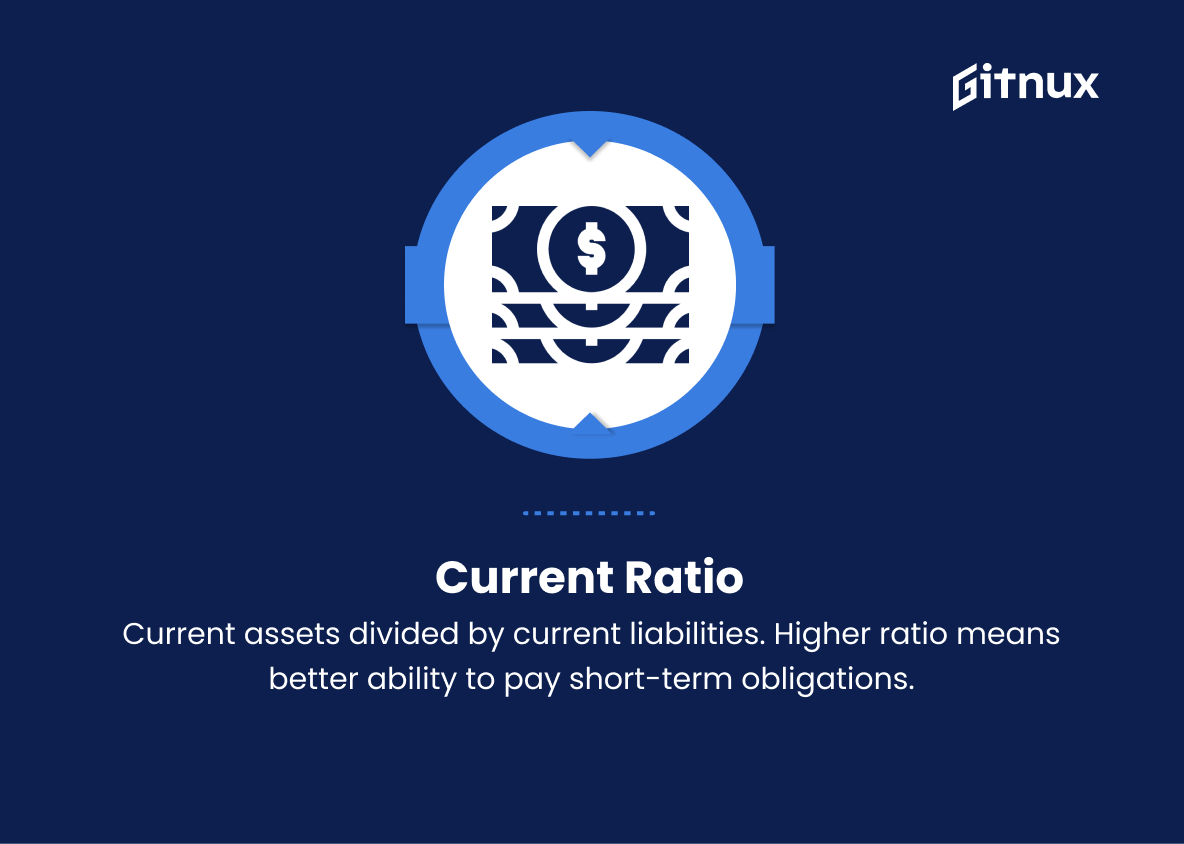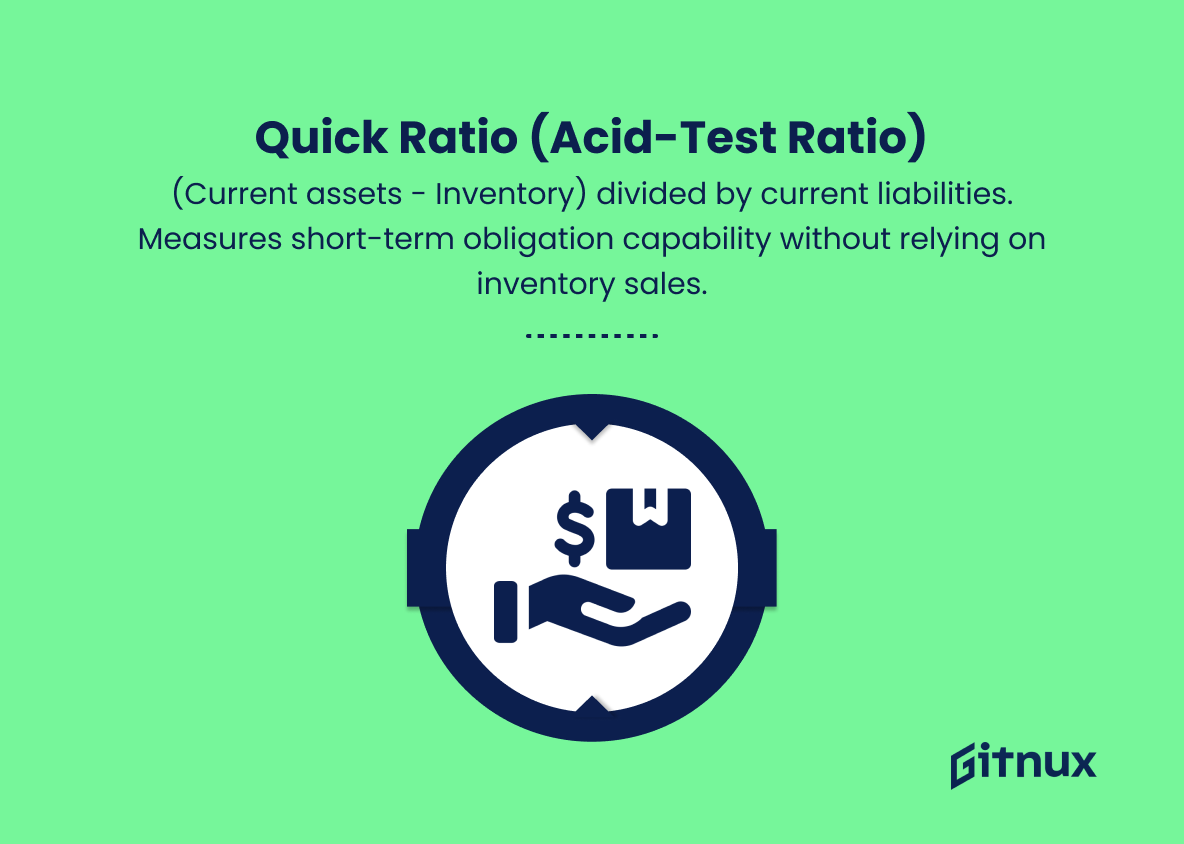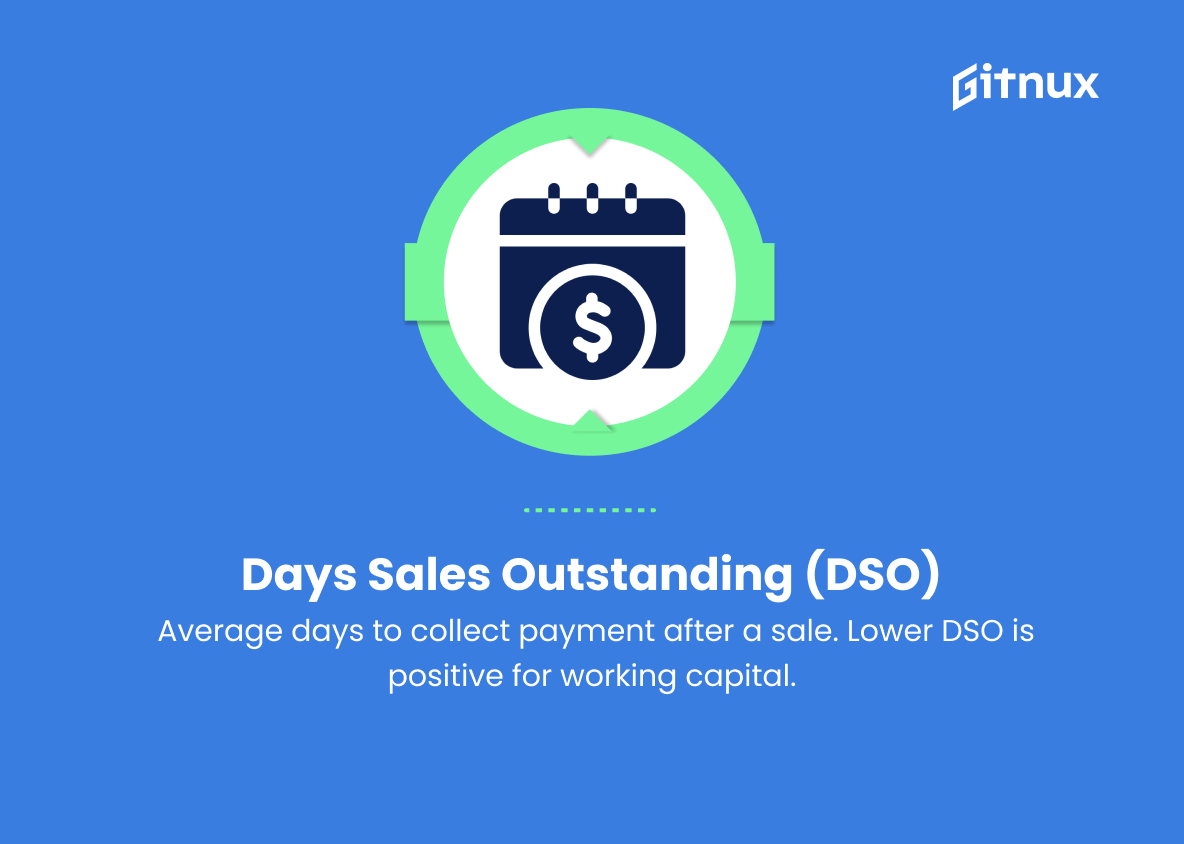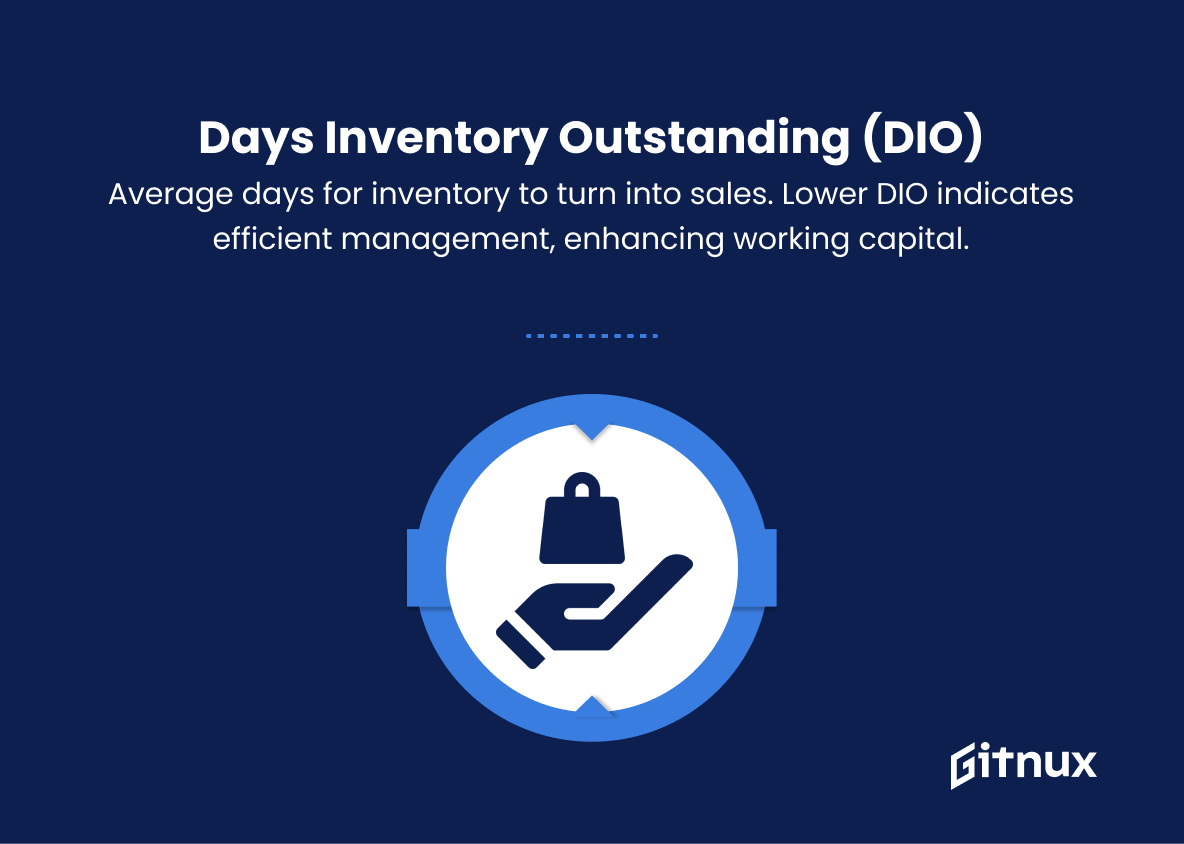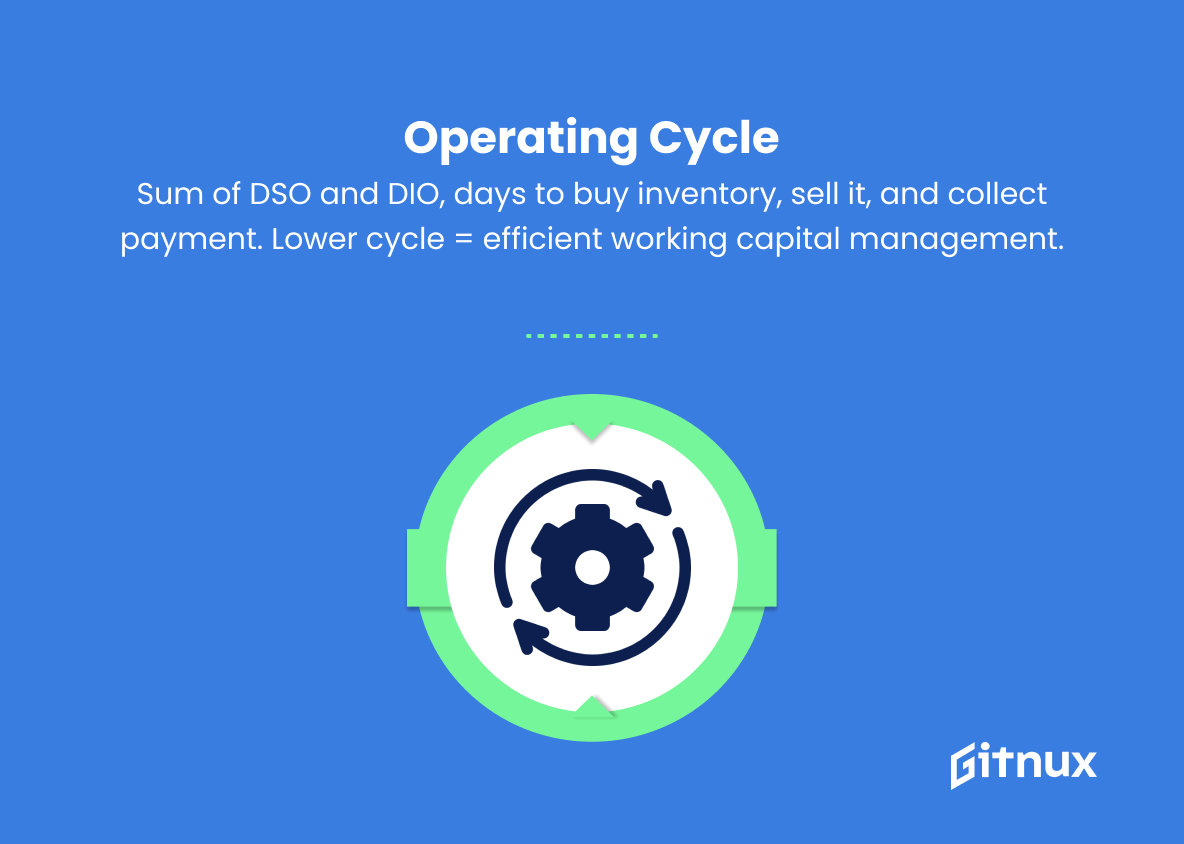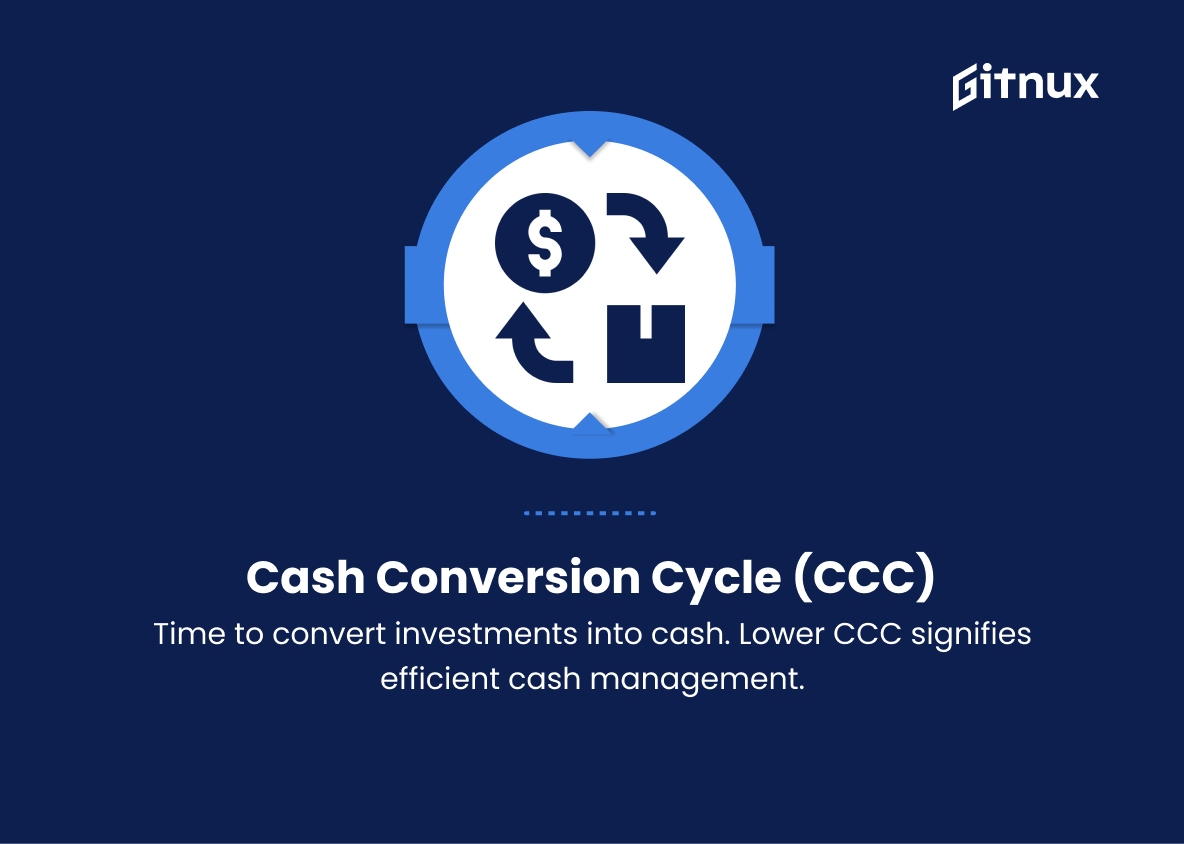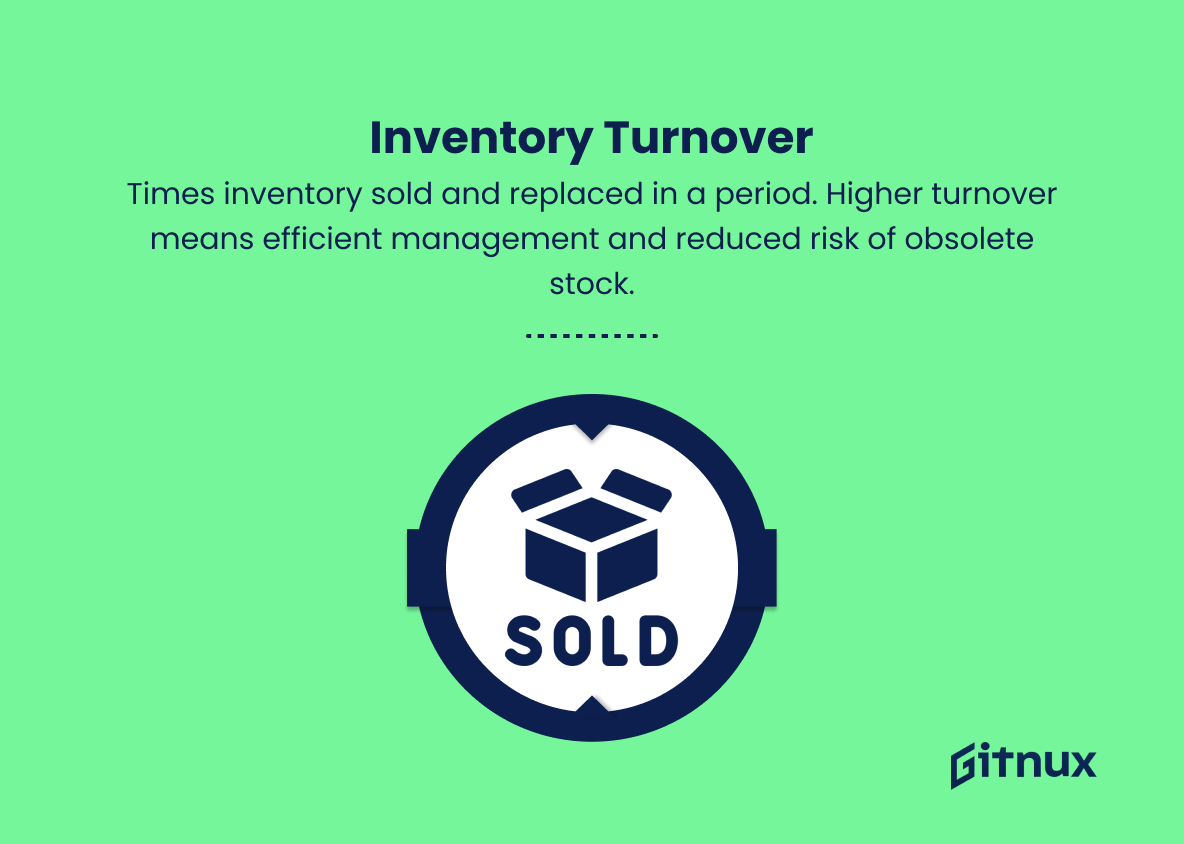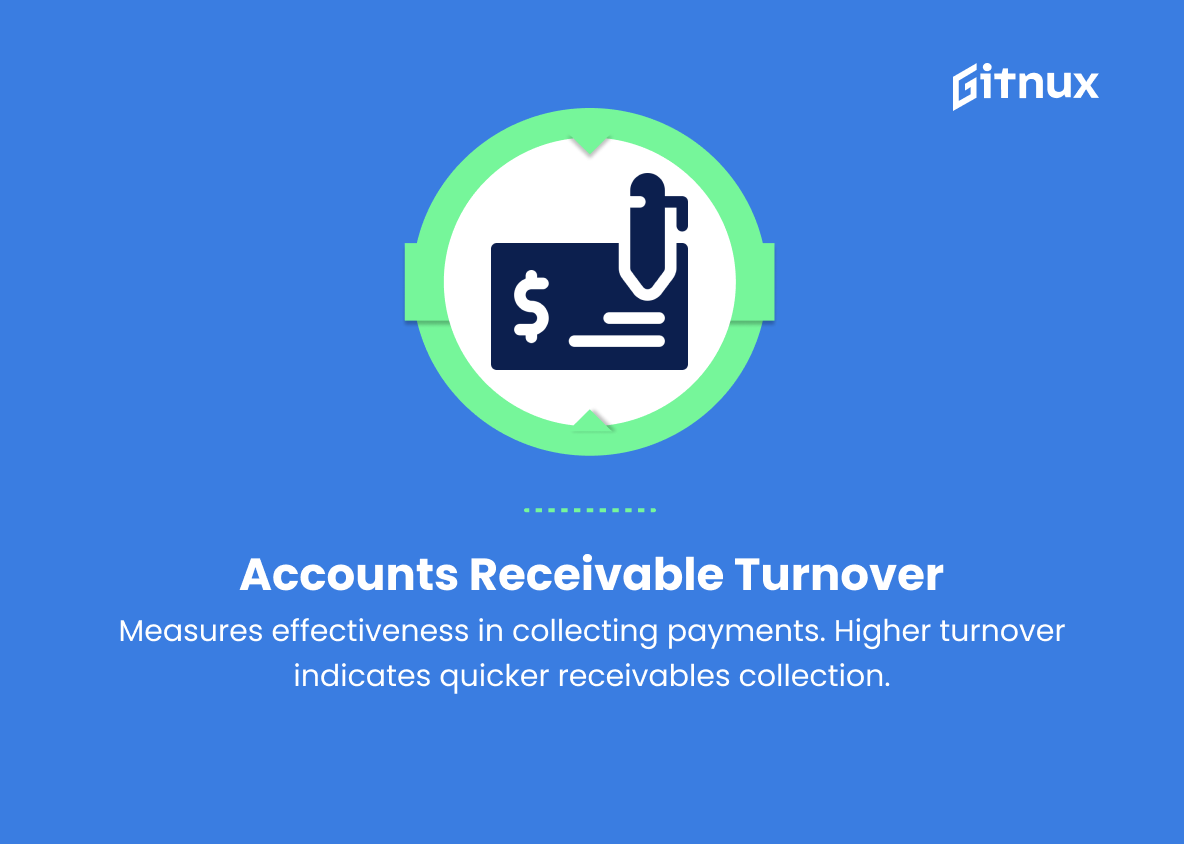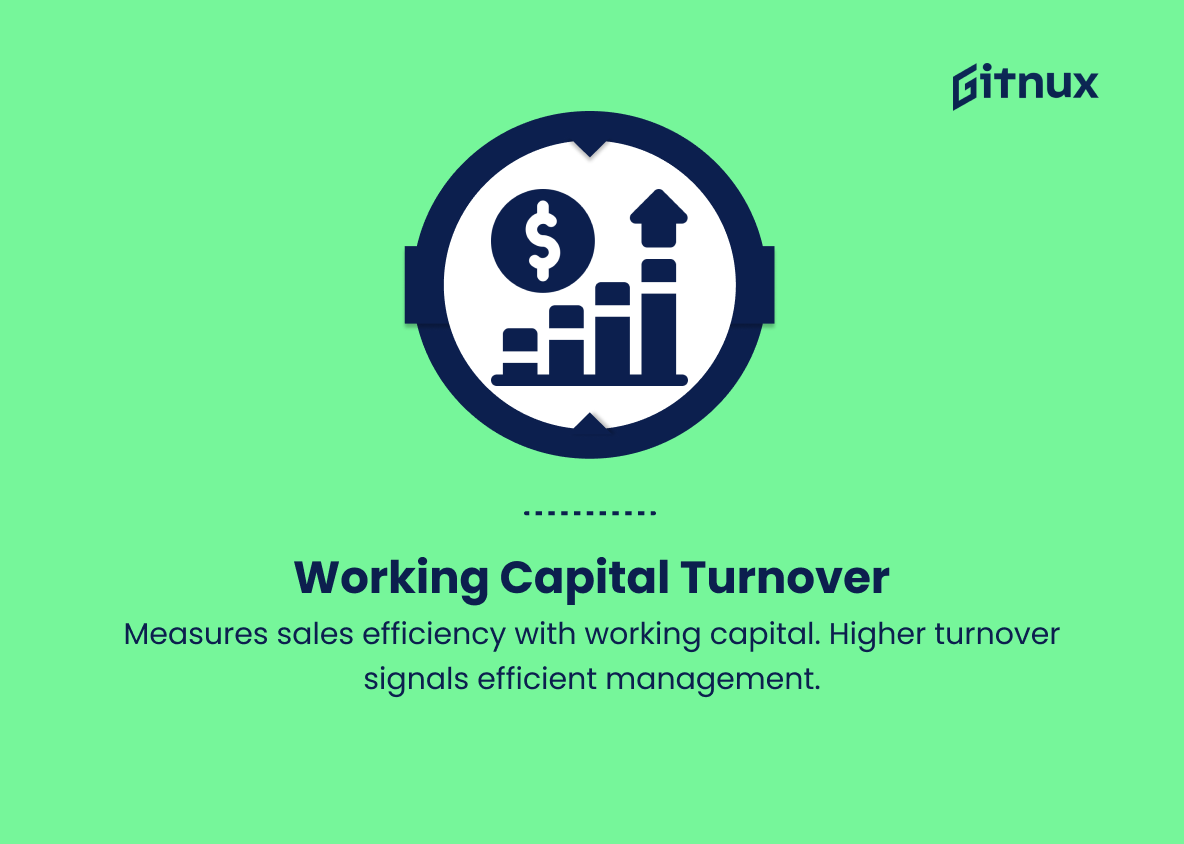In today’s highly competitive business landscape, effective management of working capital is crucial for the financial health and sustainability of any organization. One of the most important aspects of understanding and optimizing working capital is by monitoring Key Performance Indicators (KPIs).
These measurable values not only provide insights into the effectiveness of an organization’s working capital management strategies, but also serve as early warning signals for potential cash flow and liquidity issues.
In this thought-provoking blog post, we will delve into the essential working capital KPIs that every business owner, financial expert, and decision-maker should be aware of, highlighting their significance in driving operational efficiency, ensuring smooth cash flow, and ultimately fueling business growth.
Working Capital KPIs You Should Know
1. Current Ratio
Current ratio measures the company’s ability to pay its short-term obligations using its short-term assets. It is calculated as current assets divided by current liabilities. A higher ratio indicates better liquidity and ability to meet short-term obligations.
2. Quick Ratio (Acid-Test Ratio)
This ratio is like the current ratio but excludes inventory from current assets. It is calculated as (current assets – inventory) divided by current liabilities. It measures the company’s ability to meet short-term obligations without relying on inventory sales.
3. Days Sales Outstanding (DSO)
DSO measures the average number of days it takes for a company to collect payment after a sale has been made. A lower DSO indicates the company is collecting receivables more quickly, which is positive for working capital management.
4. Days Inventory Outstanding (DIO)
DIO measures the average number of days it takes for a company to turn inventory into sales. Lower DIO indicates efficient inventory management and faster inventory turnover, which is beneficial for working capital.
5. Days Payable Outstanding (DPO)
DPO measures the average number of days it takes for a company to pay its suppliers after receiving inventory. A higher DPO allows the company to hold onto cash longer, which is beneficial for working capital management.
6. Operating Cycle
Operating cycle is the sum of DSO and DIO, representing the total number of days it takes for a company to purchase inventory, sell it, and collect payment. A lower operating cycle indicates efficient working capital management.
7. Cash Conversion Cycle (CCC)
The CCC measures the time it takes for a company to convert its investments in inventory and other resources into cash flow. It is calculated by subtracting DPO from the operating cycle. A lower CCC indicates efficient cash management.
8. Inventory Turnover
Inventory turnover measures the number of times a company sells and replaces its inventory during a specified period. Higher inventory turnover indicates efficient inventory management and reduced risk of holding obsolete stock.
Inventory turnover measures the number of times a company sells and replaces its inventory during a specified period.9. Accounts Receivable Turnover
This ratio measures the company’s effectiveness in managing and collecting payments from customers. A higher accounts receivable turnover indicates that the company is collecting receivables more quickly.
10. Accounts Payable Turnover
This ratio measures the company’s ability to make timely payments to its suppliers. A higher accounts payable turnover indicates that the company is paying its suppliers more quickly, which can signal stronger supplier relationships and potential for better trade credit terms.
11. Working Capital Turnover
Working capital turnover measures how efficiently a company uses its working capital to generate sales. It is calculated as net sales divided by average working capital. A higher working capital turnover indicates that the company is generating more sales with less working capital investment, which signifies efficient management.
Working Capital KPIs Explained
Working capital KPIs are crucial in assessing a company’s financial health, efficiency, and ability to meet short-term obligations. The Current Ratio and Quick Ratio help measure the company’s liquidity, with the latter providing a more accurate picture by excluding inventory. DSO, DIO, and DPO indicate the effectiveness of receivables, inventory, and payables management, respectively, with lower DSO and DIO and higher DPO being desirable.
The Operating Cycle and Cash Conversion Cycle provide insight into the overall working capital management efficiency, where a lower cycle is preferable. Inventory Turnover, Accounts Receivable Turnover, and Accounts Payable Turnover measure the efficacy of inventory management, customer payment collection, and supplier payment processes, respectively, with higher turnover ratios being favored.
Lastly, Working Capital Turnover is an important indicator of sales generation efficiency using working capital investments. Overall, these KPIs help businesses gauge their performance, maintain strong supplier and customer relationships, and optimize cash management for financial stability and growth.
Conclusion
In summary, working capital KPIs serve as essential tools for businesses to evaluate their financial health and operational efficiency. Prioritizing these key performance indicators facilitates the optimization of working capital management, contributing to the overall growth and resilience of an organization.
By closely monitoring and analyzing metrics such as the cash conversion cycle, receivables turnover, payables turnover, and inventory turnover, companies can identify opportunities for improvement, manage financial risks, and make data-driven decisions. With the right focus on working capital KPIs, businesses can effectively maintain a competitive edge in the fast-paced world of commerce, ensuring their long-term profitability and success.
